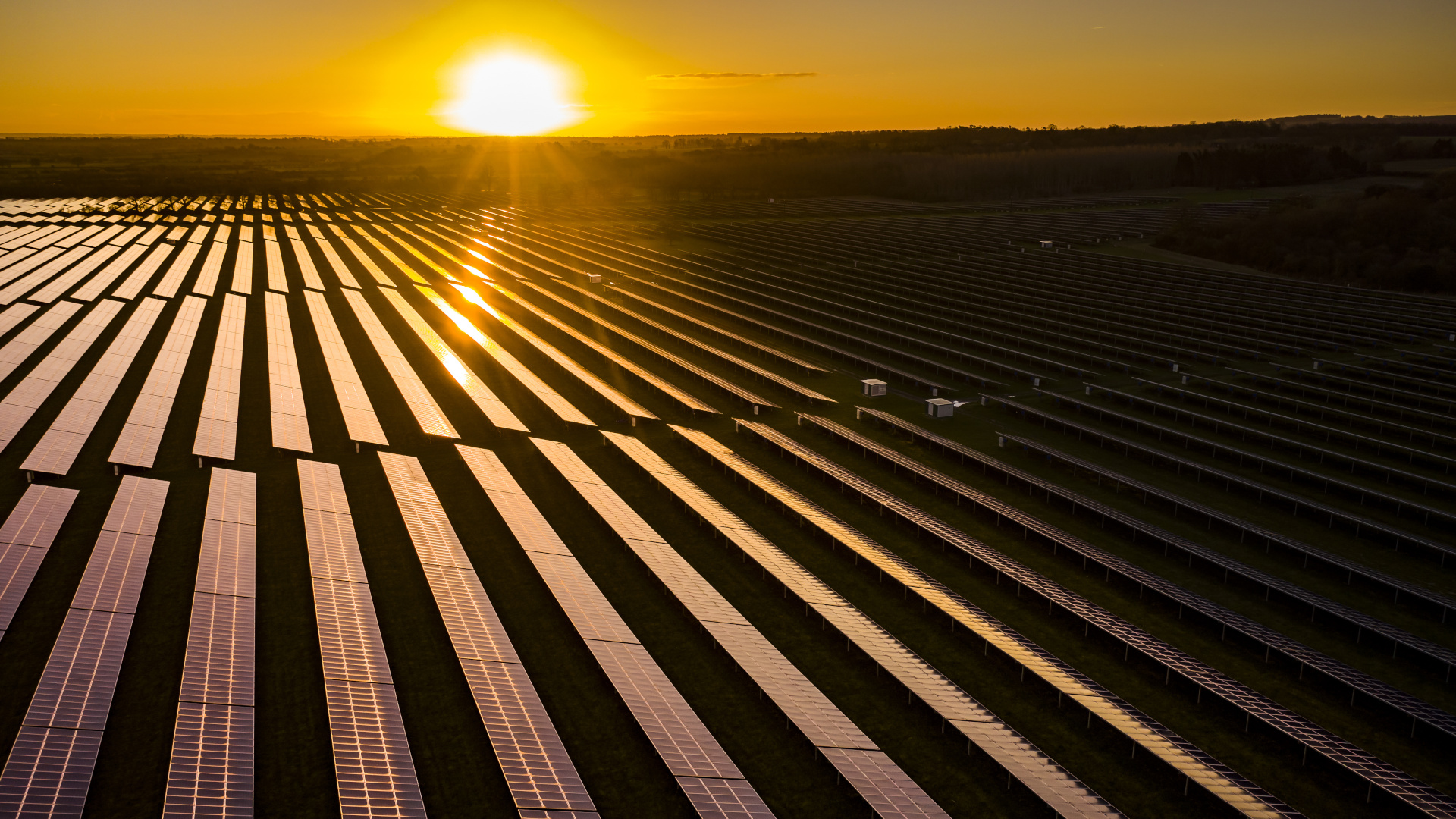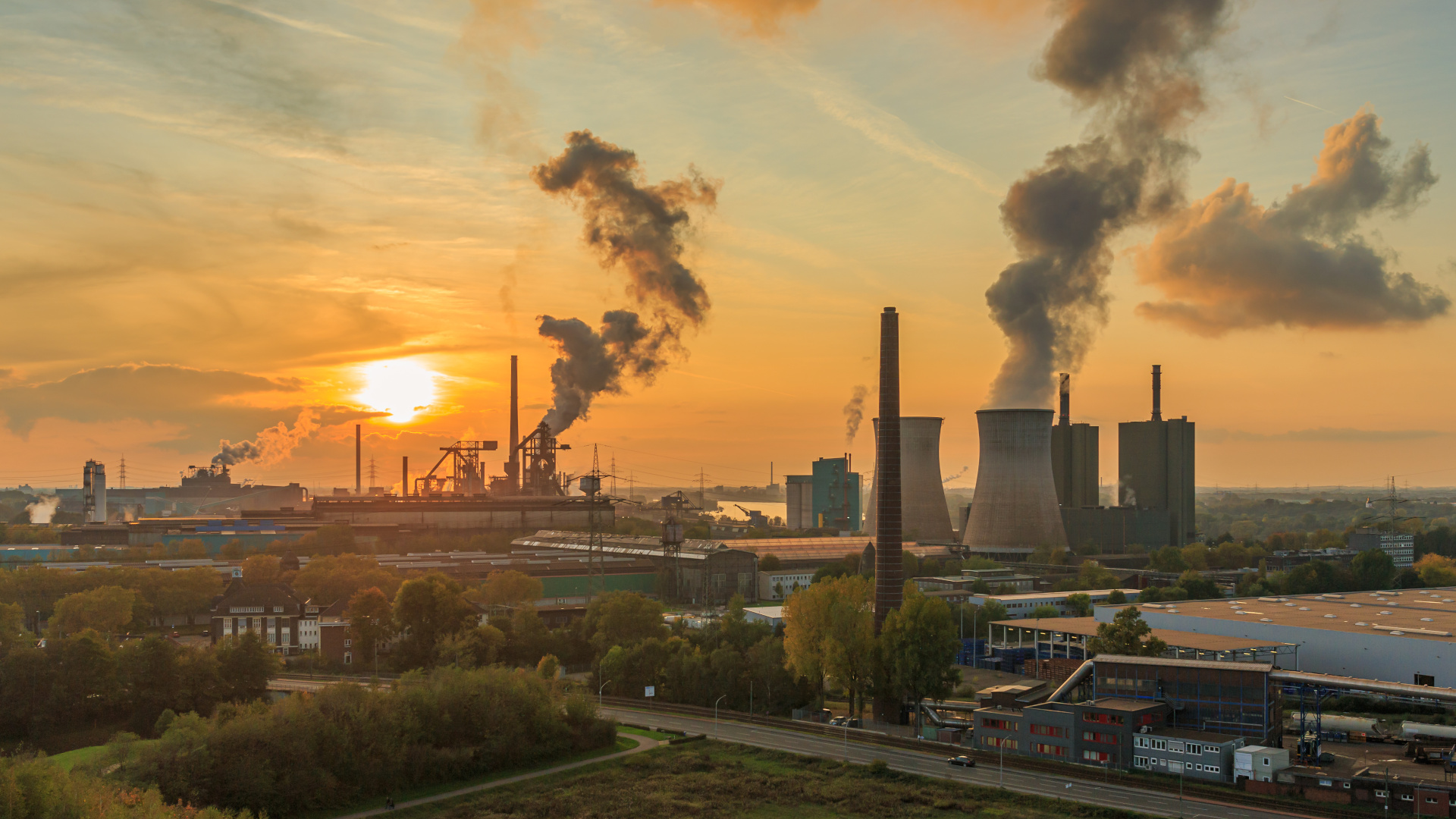After seven years of being effectively banned, onshore wind will once more be allowed in England and Wales, following changes in the UK’s “Growth Plan” announced today.
This change will allow the UK to quickly build up the capacity of cheap, low carbon energy, reducing electricity bills for consumers as we move away from expensive gas, and also will help the UK on its path towards Net-Zero
However, one of the main issues for wind, now that the ban has been reversed, is grid connection. Currently, the UK’s electricity grid requires significant investment and has issues with fault level rating, thermal rating of the equipment, transformer capacity, circuit capacity and physical space. This means it will be difficult for new wind farms to find an economically feasible connection to the UK electricity grid, and they will need support in the long and complicated process of distribution and transmission level connections.
At Decerna, we can provide the technical support required by wind farm developers to ensure cost-effective grid connections. In the past three years, we have supported 500MW of grid connections for a range of low-carbon infrastructure projects.
At Decerna, we welcome this change to planning, as onshore wind will help fight the cost of living crisis and the climate crisis. We are ideally placed to support developers along the complicated path of getting their wind farms connected to the UK grid.
Tom Bradley, Director
If you are interested in developing a wind farm and need support with your grid connection, contact Decerna at info@decerna.co.uk
Edit: Please note, this decision was reversed by the Prime Minister on the 6th November 2022, on the first day of COP27, and onshore wind is once more effectively banned in England and Wales






